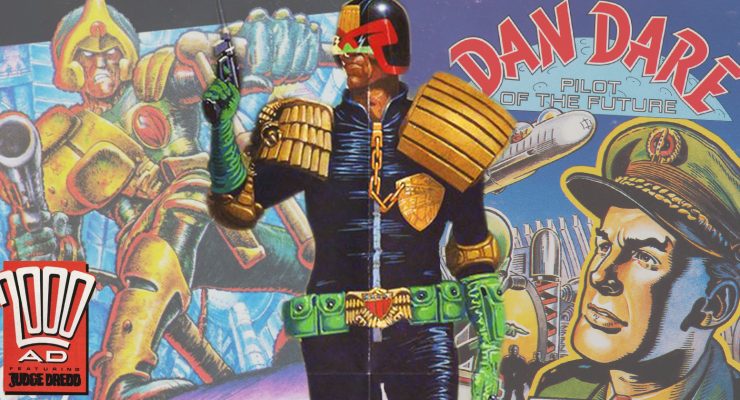My Kidnapper, 2010.
Directed by Mark Henderson and Kate Horne.
SYNOPSIS:
Mark Henderson was one four tourists kidnapped in Colombia in 2003 by members of the National Liberation Army, ELN. A year after his release, his kidnappers contacted him via email. My Kidnapper is the story of director Henderson and his four co-kidnappees’ return to the place where they were detained for months to meet with their kidnappers and get closure.
The greatest struggle in this film is to understand Mark’s relationship with the kidnappers. He questions it himself but never seems to dig much further into it. Rather, he makes an exposé of what the life of a captive is during and after the kidnapping and while the struggle is being presented as one of the film’s focus points, it is an issue that never really gets fully addressed. It is an eyebrow-raising discovery to hear how the kidnappers invited Reini and Mark to their wedding, but with no further research into what the relationship could be classified as or to make sense of this action.
Is it a case of Stockholm syndrome? It is hard to tell as Mark and his co-kidnappees never really provide an answer. Nor do they seem to worry about the audience finding out. This is the major problem of the movie and what makes it a (sadly) poor documentary.
This makes me wonder if I have misinterpreted the movie’s purpose. Mark does get some sort of closure, but the lingering question of why the kidnappers emailed him, began a friendship with him, the fact that he bothered to answer and how on earth they got hold of Mark’s email address in the first place makes it a difficult documentary to watch. The viewer feels good for Mark to receive a sort of closure, despite the fury that our own questions at the beginning of the film never truly get a response.
We expect from the outset to have a viewer-character relationship with the director. The most interesting person however, turns out not to be Mark Henderson – it is rather his German co-captive Reini. She asks the right questions and has the most compelling views on her situation of all four detainees. Her retrospective comments on the kidnapping provide the deepest and most thought-over perspectives of the film. She states how she felt that she was there to complete a task, how she cannot go back to who she was prior to the kidnapping and how she was planning to make her kidnapper fall in love with her, in order to get out of her situation. This is closest we come to actually storytelling.
Of course this movie is not about storytelling, although it gives a sense of knowing the person on the screen. We sympathise with her. This kind of snippet makes the film work. She – dare I say – makes the documentary human.
Nonetheless, we still find ourselves wondering why she accepts Camila as a friend on Facebook after her ordeal? Is she desperate for closure or is there a sick fantasy to be fulfilled somewhere? This kind of action prompts the audience to think about whether this is an alienating or befriending relationship: do you keep your friends close, but your enemies closer?
Mark’s vision of the kidnapping is different and harder to understand. He explains how he progressively started feeling respect for the ELN after hearing Antonio’s ideology. This is another element that leaves the viewer baffled. It is hard to comprehend, and I wish we could see his nearest and dearest react to this. The audience is always left to feel like they are wrong in not accepting and perceiving the events the way the kidnappees do. We are left alone; we yearn for similar reactions from others in the documentary: there is a link missing between spectator and film-maker.
Another weak point, I am sad to say, is the bizarre structure of the film. Ten minutes in to the narrative and we are already back in the Colombian hut: is this movie going too fast already? It turns out it is not. While we expect a smooth, bump-free ride, the script is unfocused, jumping between several narrative structures. An odd presentation of a most serious and important subject-matter.
It is a very personal film, an element which certainly shines through. Perhaps because of this, it is not a film that has received the right guidance. It does not flow well and impairs the viewer to understand the style of the director.
A quite questionable choice was the set-up when Reini and Mark meet Antonio and Camila again. The lighting, grading, editing make it look like a glossy ad for life insurance and just makes no sense. You are thrown out of the movie and find yourself smiling at the unsuccessful attempt at creating atmosphere (the worst is this happens several times in the film).
And the considerable amount of talking heads, especially heads reading out diaries passages, gives the film a television style inappropriate for theatrical releases. Cutting to static and white noise between archive and news footage is disturbing and not stylish. It makes the film lumpy and annoying. It makes it fit for Channel 4, but not necessarily something for the Odeon, I am sorry to say. Put simply, it is not a style that is easy to understand and perhaps a wrong choice for the movie.
I have great respect for Mark Henderson’s documentary. It is a very difficult subject to approach. Unfortunately, it lacks some crucial answers or at least a confession from the director that there are no answers he can give us, no conclusion to come to – some indication that we have not been sitting waiting in vain. His style is not cinematic, but it could work if remodelled for television. It is a hard documentary to sympathise with and live yourself into. The audience understands but we still require answers.
My Kidnapper will be released in UK cinemas on 11th February and will be screened on Channel 4 (More4) on 22nd February.
Louise-Afzal Faerkel
Movie Review Archive










